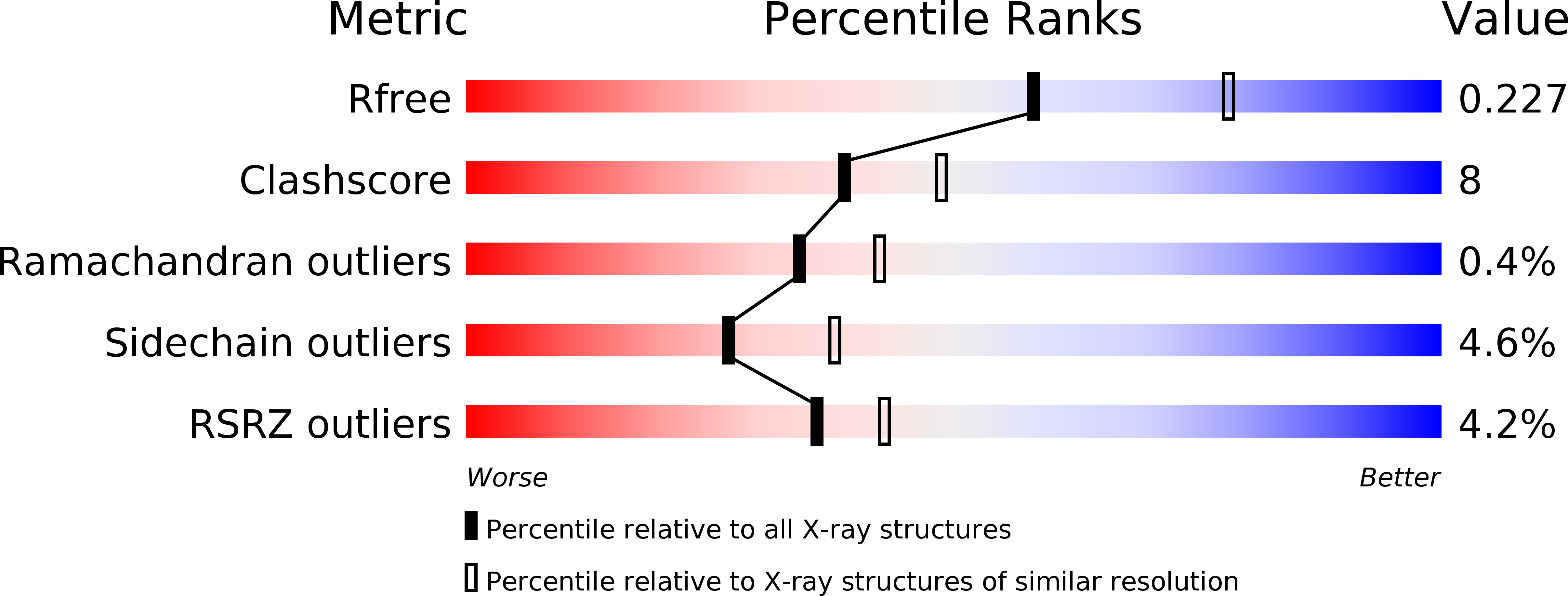
Deposition Date
2019-09-25
Release Date
2020-03-25
Last Version Date
2024-10-30
Method Details:
Experimental Method:
Resolution:
2.30 Å
R-Value Free:
0.22
R-Value Work:
0.18
Space Group:
P 21 21 21


